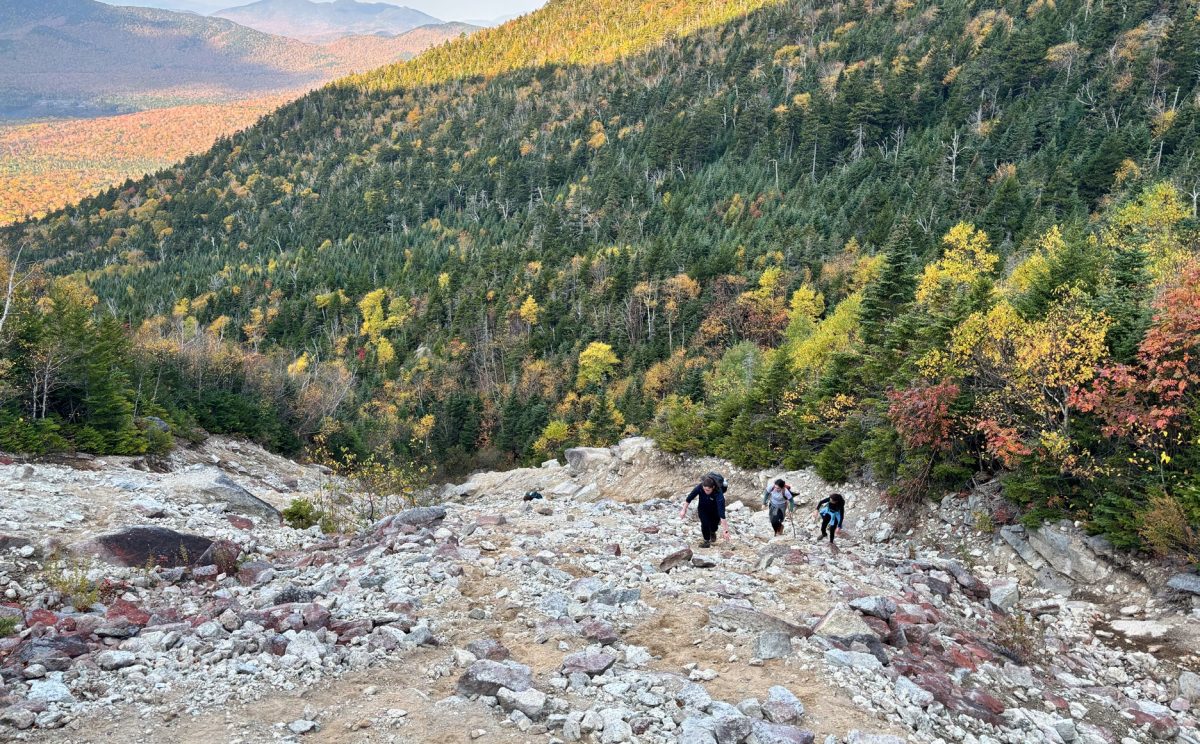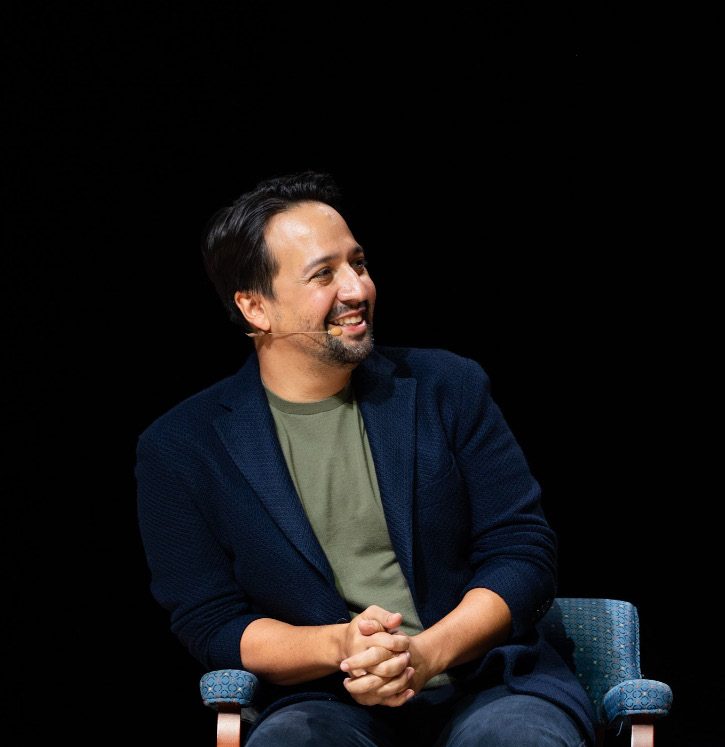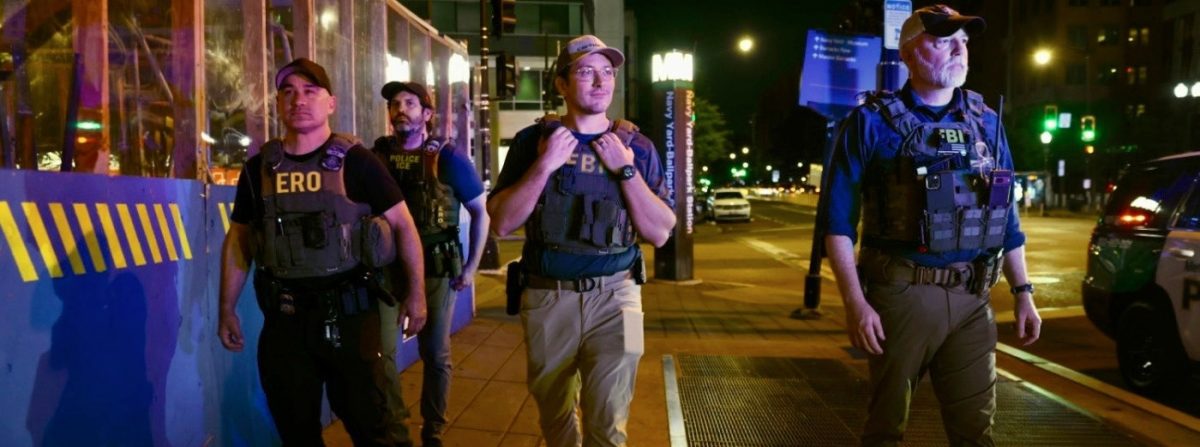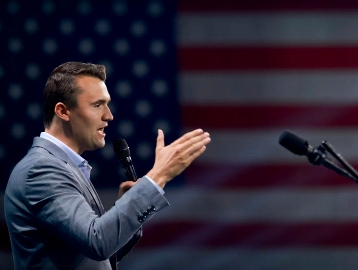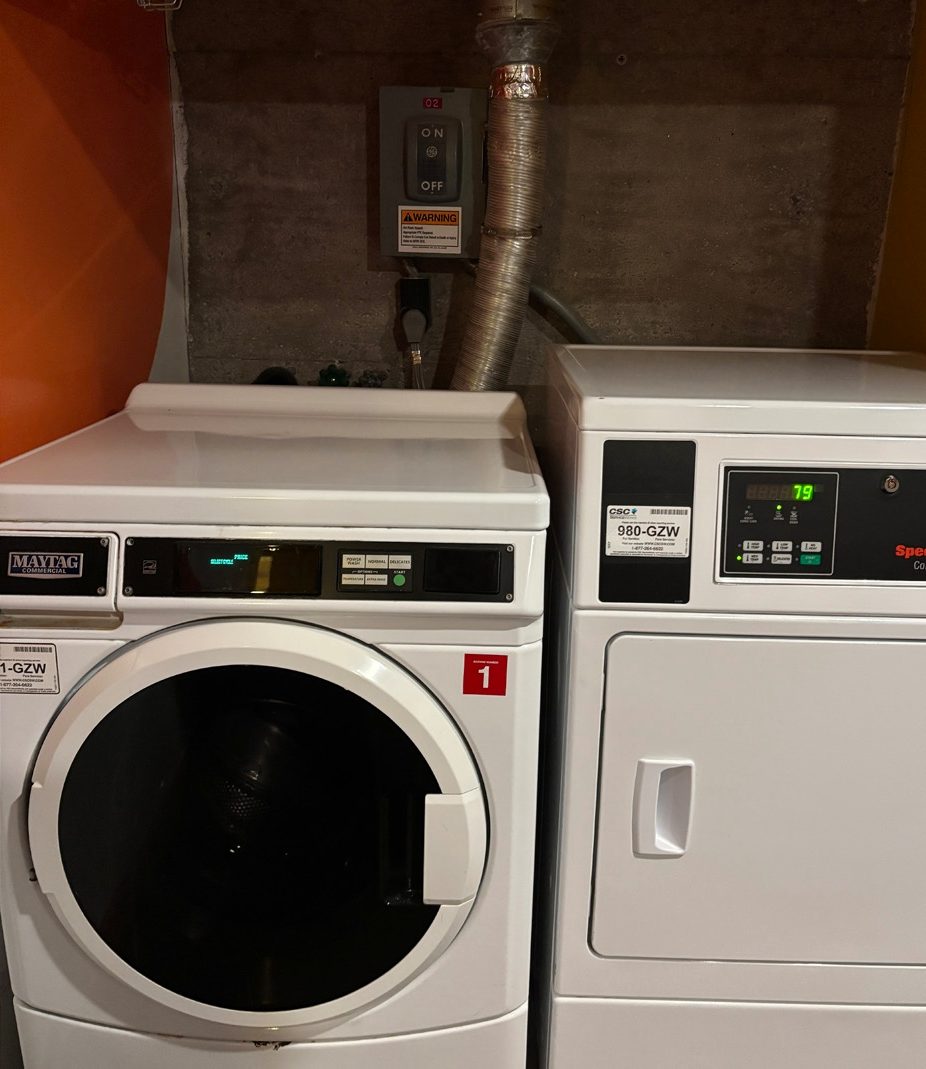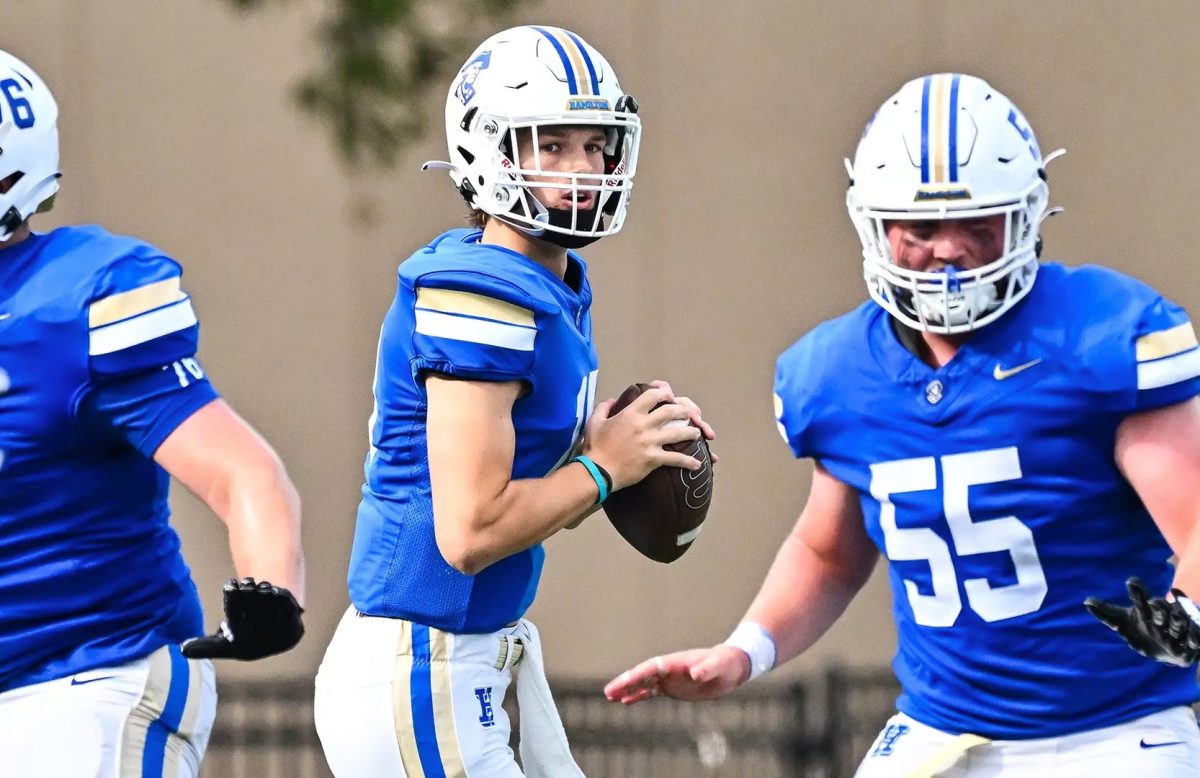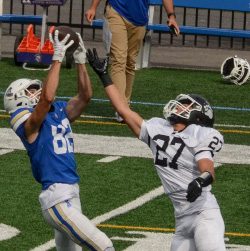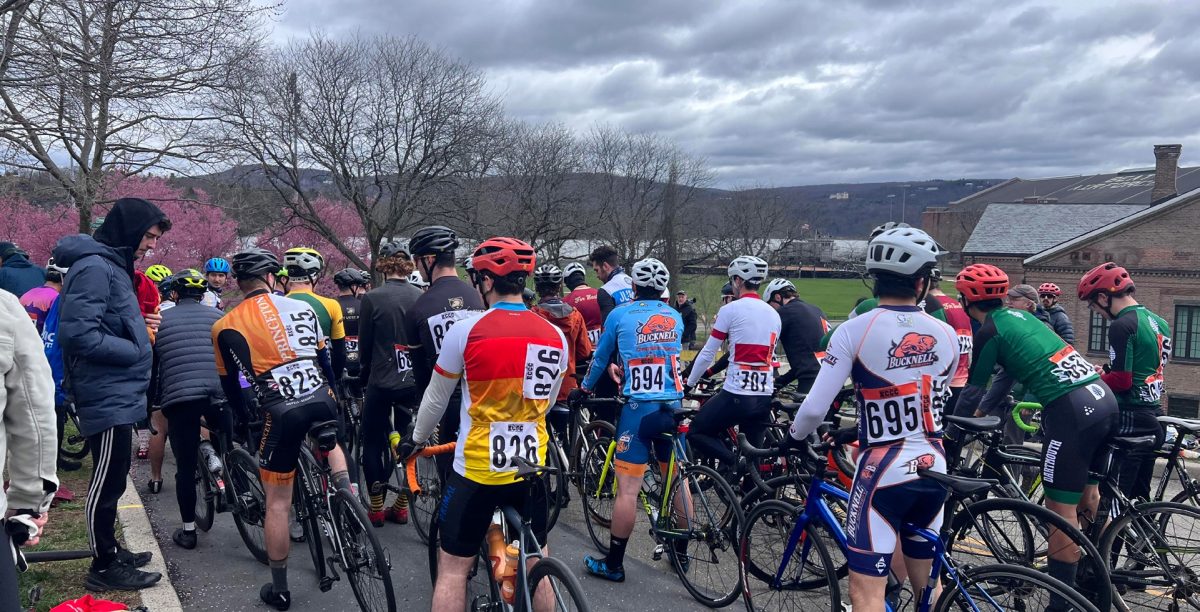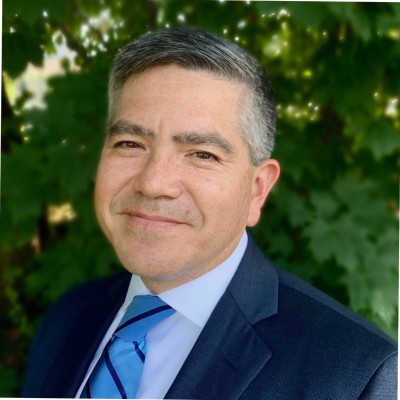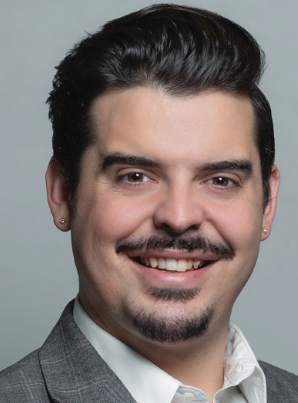
On Tuesday Sept. 30, students and faculty gathered in the Levitt Center to hear a presentation on “Who Gets Remembered?” Delivered by Hamilton alumnus José Vasquez ’13, the talk focused on public policy, memory and monuments.
Vasquez, who currently serves as the Director of Communications at the ACLU of Alabama, commenced the talk by asking all in attendance to consider the question, “who do you belong to”. This would prove to be a central tenent to the argument Vazquez would develop over the hour-long presentation. Vasquez continued by providing background about who they were, and who they belonged to, citing the queer people of Montgomery, Alabama, their mother, and the Bayard Rustin Community Center and Thrift Store, among others.
After providing this background, Vasquez shifted focus to monuments. For the purposes of their talk, Vasquez would use the Monument Lab’s definition of a monument: “a statement of power and presence in the public.” Vasquez stressed the importance of the abstract nature of this definition, arguing that not all monuments are obelisks, statues, or even physical objects. Yet, regardless of their form, “they make a statement, whether we’re conscious of them or not.”
Vasquez attributed their interest in monuments to their past experience on Google’s marketing team, where they formed relationships with nonprofits across the US. One institution that caught Vasquez’s eye was the Equal Justice Initiative (EJI), and specifically their work on Confederate monuments in the South. Before long, Vasquez found themselves in Montgomery AL, employed by EJI’s marketing department.
After their stint with EJI, Vasquez returned to New York to attend Columbia University’s Teacher’s College, where they participated in the National Monument Audit. This study examined nearly 50,000 monuments across the country. Vasquez then displayed the top 50 subjects of these monuments, pointing out their tendency to focus on white, cisgendered males. One finding cited was how statues of U.S. Congresswomen were outnumbered by mermaids 22 to 2.
“Thematically, we know that monuments commemorate enslavers, wealth, and war,” Vasquez continued, “That is the blood of our country. That is really what we see as a definition of our history.” In reference to the disproportionate commemorations, Vasquez stated, monuments “are powerful myth-makers. Powerful statements of power and presence. Power does not equate to truth, it’s just enough to make you feel that it is true.”
The next topic Vasquez focused on was: who decides what stays. Using the personal example of the Robert E. Lee High School in Montgomery, Vasquez underscored the difficulty of changing names and removing monuments by citing the many hurdles legislators and activists must navigate. Vasquez continued by expressing their frustration at the tendency for the conversation to halt after a name has been altered, or a statue toppled. This was unfortunately the case, they would argue, at Robert E. Lee High School a few years prior.
Vasquez then shifted their talk to discussing grassroots movements and contemporary monuments. Specifically, they spoke on their own monument making; Vasquez’s current project “Unset in Stone”. Vasquez and their two friends created the project in response to the alarming silence after the toppling of the Robert E. Lee statue at the Robert E. Lee High School in Montgomery. Vasquez constructed a black monument out of blackboard material which people could write on with chalk.
Vasquez and their partners have already taken the interactive exhibit to a number of communities in the Montgomery area, with more stops planned. Every participant is asked to write on the monument what they think “deserves to be remembered.” Eventually, Vasquez hopes to synthesize all of the information collected from these stops and submit a report to the Montgomery city council with suggestions for areas of discourse and public commemoration.
Finally, he opened the discussion up for questions. One question focused on the memorialization of Alexander Hamilton on the Hamilton campus, in light of his involvement with the trade of enslaved people. Vasquez responded, “I don’t endorse the history… but we are flawed. These are histories we have to acknowledge. So it’s about context.”
Another attendee asked Vasquez on how to best navigate intergenerational differences surrounding monuments and arguments about who ought to be memorialized. Vasquez suggested that these conversations be framed not by “what is being taken away,” but rather, “what is being added to the landscape.” Prompted by questions on current politics, Vasquez emphasized the value of starting local and focusing on community politics. These are the areas, Vasquez argued, where real, timely change can be made.
For more information regarding upcoming Levitt Center events, visit the Levitt Center social accounts or webpage. The next event will be on Oct. 14.

